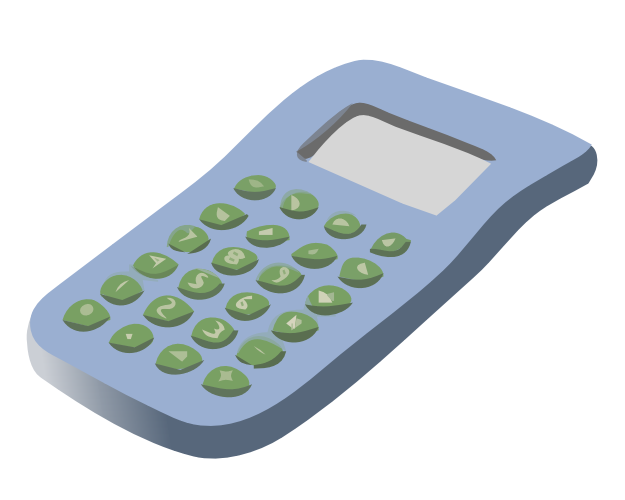Importantly, recall that DSBSC generation involves the multiplication of the message with the carrier which produces sum and difference frequencies. That being the case, this information can be substituted for the DSBSC signal and the equation rewritten as:
If you're not sure why these sinewaves are produced, it's important to remember that whenever two pure sinewaves are multiplied together, two completely new sinewaves are generated. One has a frequency equal to the sum of the original sinewaves' frequencies and the other has a frequency equal to their difference.
Importantly, notice that two of the products are sinewaves at the message frequency. In other words, the message has been recovered. As the two message signals are in phase, they simply add together to make one larger message. Notice also that two of the products are non-message sinewaves. These sinewaves are unwanted and so a low-pass filter is used to reject them while keeping the message.
To generate a DSBSC signal by implementing its mathematical model shown in the Fig.1. Then you'll set-up a product detector by implementing its mathematical model also. Once done, you'll connect the DSBSC signal to the product detector's input and compare the demodulated output to the original message and the DSBSC signal's envelopes. You'll also observe the effect that a distorted DSBSC signal due to overloading has on the product detector's output.







